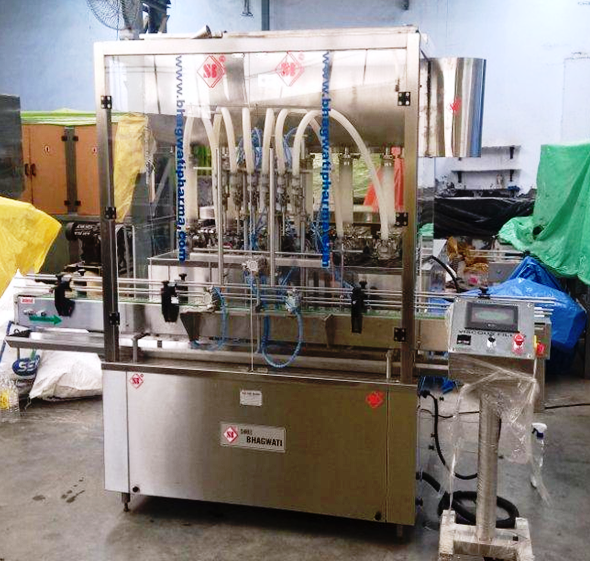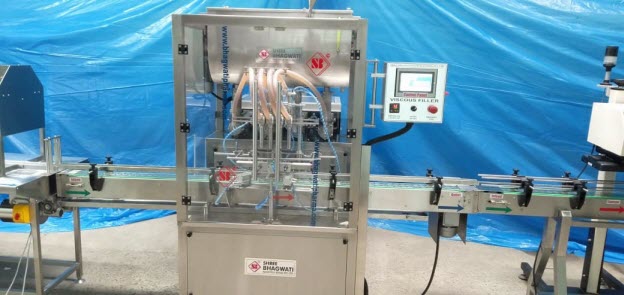Types of Containment Solution Systems
When it comes to a Containment Solution System, you can find several different types. There are flexible isolators, self cleaning HEPA filters, barrier systems, and Controlled environments. Here, we will explore each of these systems. If you’re not sure what you need, read on to learn about them. These systems have several benefits, including ease of use, a controlled environment, and a self-cleaning HEPA filter unit.
Containment Solution Systems – Flexible Isolators
Often overlooked by manufacturers, flexible isolators are an ideal choice for the containment of HPAPI. In addition to preventing operator exposure, flexible isolators offer improved visibility and ergonomics when handling materials. Whether it’s milling, micronizing, wet granulation processing, tableting or coating, flexible isolators are the perfect choice for these processes. In addition to being effective at preventing HPAPI exposure, these encapsulating devices are compatible with a variety of containment solutions, including bag-in-bag-out technologies.
A single-use, disposable isolator eliminates 99% of the surfaces, reducing cleaning time and risk. It features seals transfer points and separates the gas inside the isolator. Single-use isolators can be easily disposed of once they’ve been used. Alternatively, a five-sided isolator can be fitted with a stainless steel working surface. A six-sided isolator includes a wet-in-place spray wand.


Self Cleaning HEPA Filter Unit
The self-cleaning HEPA filter unit is designed to provide the highest level of containment efficiency. It is available in single and two stage configurations and has a filter capacity of 300 to 33,000 m3/h. The modular design allows it to be configured to your specific needs, eliminating costly onsite assembly. The high efficiency of this unit makes it suitable for various applications, including chemical, pharmaceutical and medical device manufacturing.
The room isolation module that can be installed in less than five minutes. It pays for itself after just one project. Because it works with lift-out ceiling tiles, it can be used in a 2’x2′ or 4’x4′ grid. The filter is capable of removing even the smallest particles, ensuring that occupants can breathe easily.


Barrier System
A barrier system is a protective containment enclosure that can be built to protect a workplace from potentially harmful materials. It is generally constructed with metal studs and PVC piping. This type of containment curtain can be self-closing or swinging, and features a variety of accessories. The curtain works by trapping particles and conveying them to a front extractor. It is designed for use in environments with high clean air quality requirements, and adheres to the DIN EN ISO 14644-1 standard for containment solutions.
Many barrier systems have different functions. They can help control the flow of material from the process to the operator.

Containment Solution Systems Controlled Environment
The control of contaminants in a contained environment is essential for safety and compliance. With increased attention on production flexibility and nimble response times, containment solutions have become a critical part of manufacturing operations. Increasingly, the ability to accommodate a wide variety of tasks and volumes is an important factor in capital investment decisions. Because of these challenges, two very different designs have emerged. Here are the key differences between these two design solutions.
Controlled environment solution systems must be compatible with process equipment. When choosing a containment system, basic materials play a crucial role. Chemical and physical properties of the material must be weighed carefully. Some materials require special handling. Newer products and APIs used in manufacturing are more potent than ever before. To protect the environment and employees, containment systems must maintain a specialized environment. The OEL level of the material must be determined carefully. Decontamination procedures must be clearly defined.
















